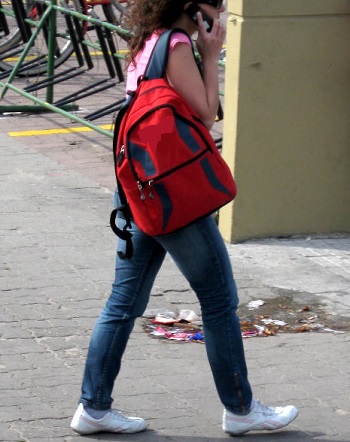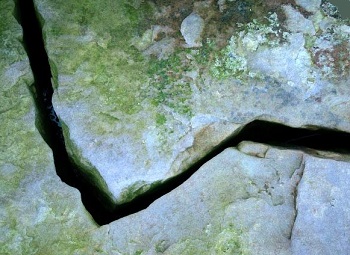These dual-strap bags are vital for most students, but their designs are changing as their contents evolve.
The average student needs to carry a long list of different items, from a laptop to a smartphone and from a USB battery pack to a thumb drive and with these contents, which are far different from what they were five years ago, let alone a decade ago, backpack designs are needing to be re-thought.
Students are often required to carry their entire day’s worth of items on their backs, from tech to lunch.
Because students are now highly reliant on technology, more specifically, mobile technology, it means that their bags need to have places to contain all the accessories that go with them. At first, it was a matter of a laptop and its charger cable. However, as things have become more portable, this has also included additional items such as smartphone, possibly a tablet and a Bluetooth keyboard, a USB battery pack, thumb drives to backup work, headphones, and other gadgets. This, on top of the snack, lip balm, playing cards, and maybe even an actual print-copy of a book.
Some items, like the thumb drives and USB battery pack, have become as much a staple as the backpacks, themselves.
 As courses increasingly move their content into digital formats, students are required to carry printed books at an ever-decreasing rate. In some schools, the students who have a preference for using printed books are at a minority. They are typically more expensive and far heavier and less convenient to carry, making them less appealing for many.
As courses increasingly move their content into digital formats, students are required to carry printed books at an ever-decreasing rate. In some schools, the students who have a preference for using printed books are at a minority. They are typically more expensive and far heavier and less convenient to carry, making them less appealing for many.
Because of this, backpacks and other school bags are now needing to be redesigned to be useful in carrying gadgets and accessories, as opposed to large and bulky books. This industry – worth an estimated $2.7 billion – is now scrambling to try to come up with the best possible design to carry everything from the devices, themselves, to the backup battery packs that are needed to keep those gadgets going through the day’s classes (not to mention the cords that link the two together).
The new designs are needing to include everything from comfort to organization and ease of accessibility. Some companies, such as VF Corporations (owner of JanSport), are using mountaineers as their examples to be able to best understand the way someone can easily reach the gear in their bags, whether it be a climbing tool while hanging from a rock face, or a USB battery pack, while walking down a crowded hall.

 This way, as long as the mobile device is on, even if it is in a sleep mode, at the time, the app will be able to detect shaking at any time, regardless of whether or not it is day or night. At the moment, it is only the accelerometers of the device that collect the data. From there, the data undergoes an analysis. Should the movements fit an earthquake’s vibration profile, that data and the
This way, as long as the mobile device is on, even if it is in a sleep mode, at the time, the app will be able to detect shaking at any time, regardless of whether or not it is day or night. At the moment, it is only the accelerometers of the device that collect the data. From there, the data undergoes an analysis. Should the movements fit an earthquake’s vibration profile, that data and the 